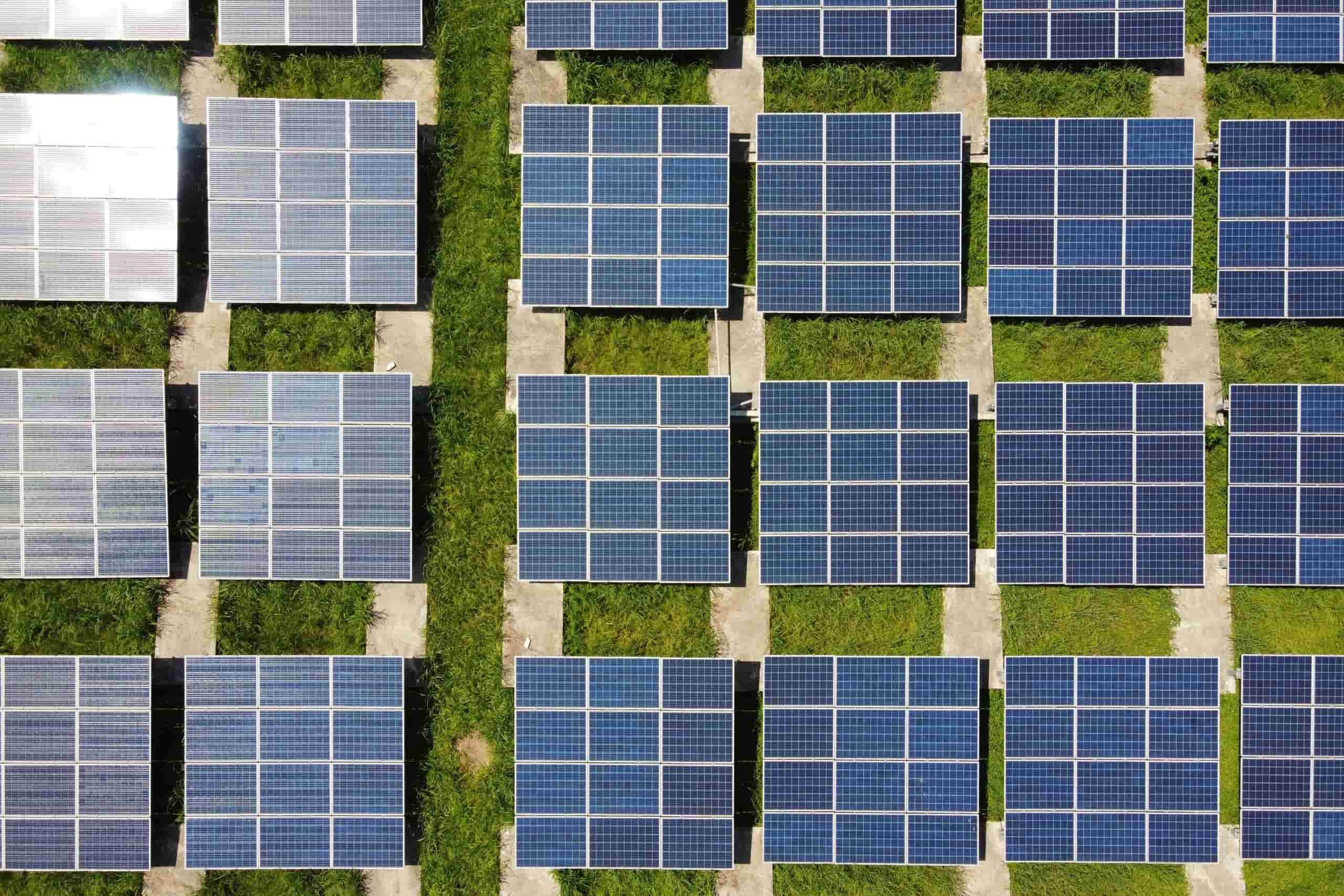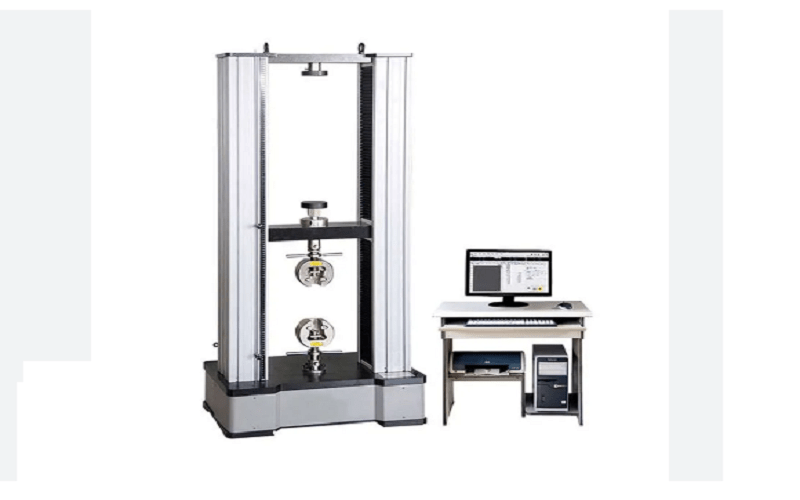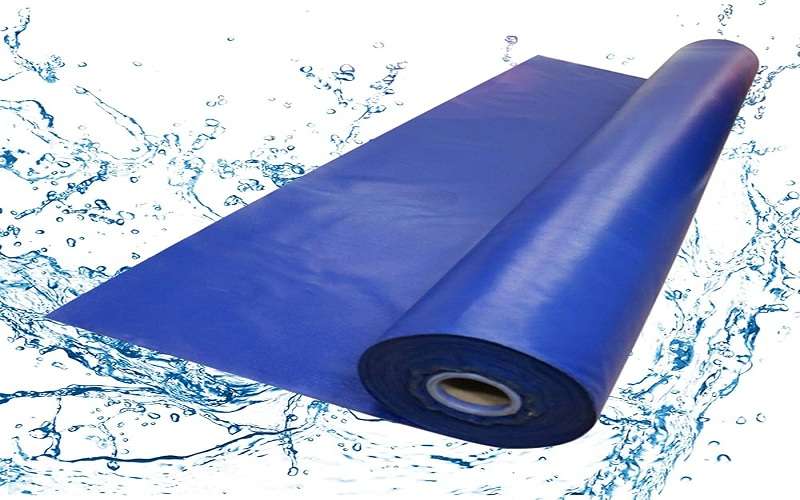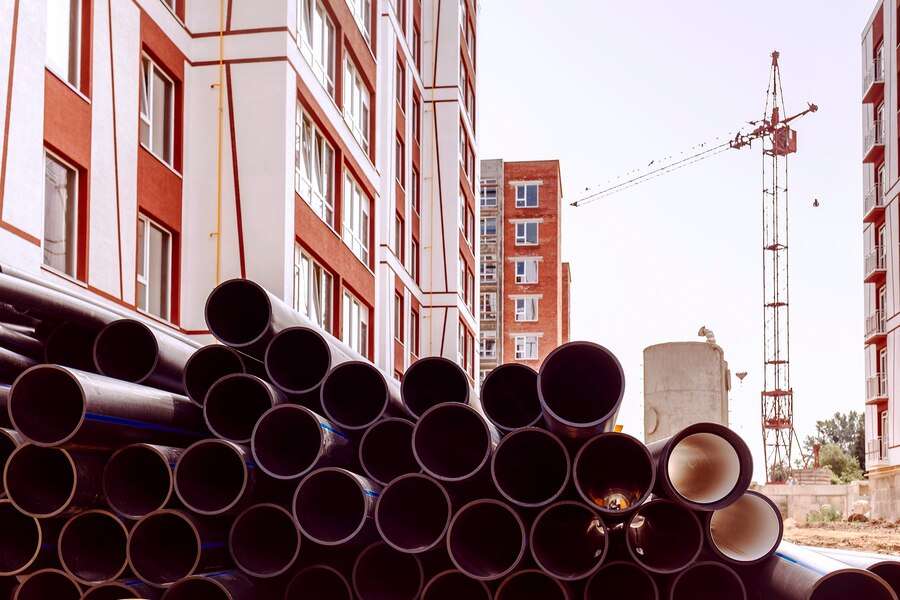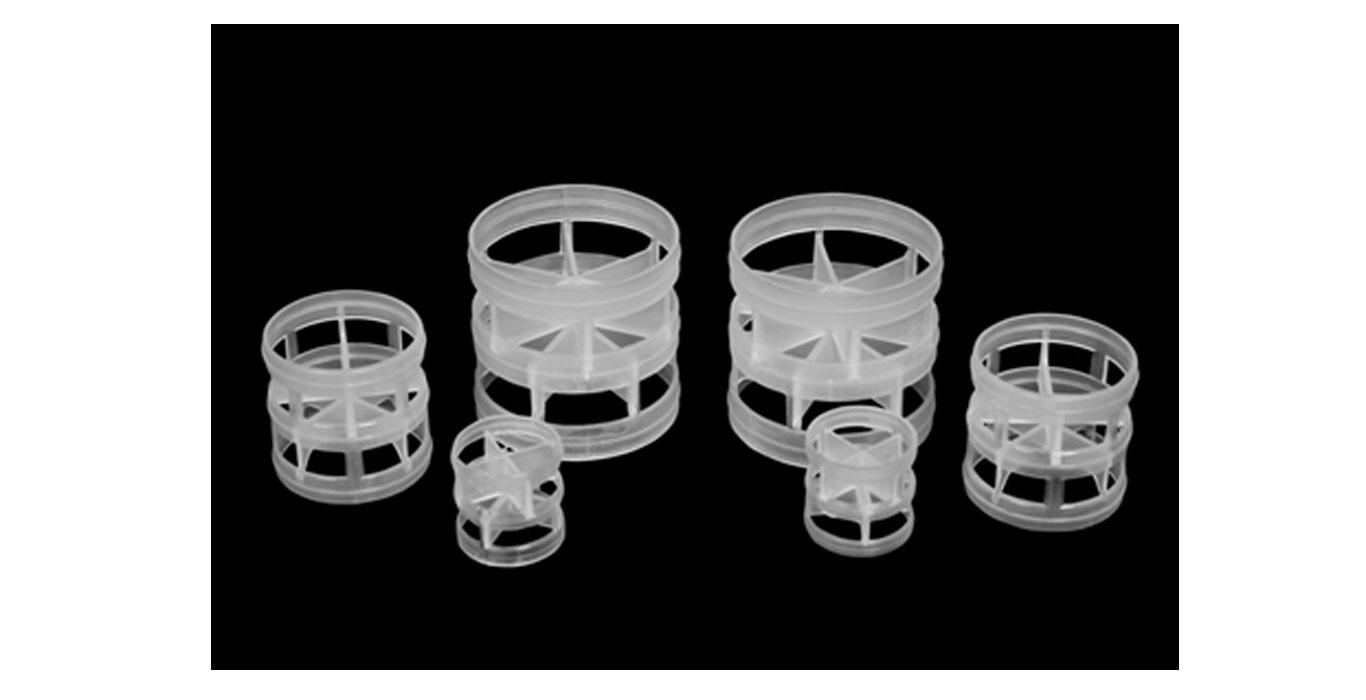In Australia, residential solar power is a popular option for house owners who want to reduce their electricity bills and carbon footprint. However, many businesses are also discovering the benefits of commercial solar installation Melbourne. There are several reasons why a business might consider investing in commercial solar panels:
Increased Energy Efficiency
The first reason to switch to commercial solar is because it can help you improve the energy efficiency of your business.
Decreased Electricity Costs By Commercial Solar Installation
With commercial solar installation, you’ll be able to cut down on your electricity costs and save money over time. The cost of purchasing a commercial solar power system is a one-time investment, but it will save you money each month for years to come. This is because the cost of electricity rises steadily over time while the price of solar panels continues to decline as technology improves. More companies enter into this market segment.
In addition, maintenance costs are low compared with traditional sources like coal or natural gas plants due to their high-efficiency levels (they operate at more than 90% efficiency). Finally, since these systems generate all their energy instead of buying from an outside source like your local utility company does when selling electricity back into its grid system
Minimal Maintenance Requirements
The average solar panel is 99.9% efficient, converting nearly all of the sun’s energy into electricity. By contrast, coal plants are only about 34% efficient and natural gas plants are around 50%.
The panels themselves are made from silicon–the same material used in computer chips and microchips–and they’re designed to last for 25 years or more with minimal maintenance required by you or your employees. They’re also built to withstand harsh weather conditions, so you don’t have to worry about them breaking down during storms or hot summers (or cold winters).
Greenhouse Emissions Reduction
Reducing greenhouse and carbon emissions is one of the most essential factors in switching to commercial solar power. The use of solar energy will reduce your carbon footprint, which is something that many businesses are looking at these days when they make decisions about their energy needs. If you care about reducing your eco-system impact, switching to solar panel installation will help you achieve this goal while saving money on electricity costs and improving productivity due to better working conditions (i.e., natural light).
Long-Term Investment
- Long-term savings.
- Opportunity to sell electricity energy back to the grid.
- No need to replace panels in 20 years.
Solar panels perform for the last 25 years or more, depending on the brand and the quality of the installation. This means that you will not have to worry about replacing your solar panels for many years to come.
Exemption from the Small-Scale Technology Certificates Scheme (STC)
Small-scale technology certificates (STCs) are a federal government initiative designed to encourage the installation of renewable energy systems. A levy on all electricity consumers funds the RET.
As part of this scheme, all solar installations must generate and surrender one STC for every megawatt hour produced more than your business’s annual demand. This means that if you install a 5kW system on your office building and it generates 7kW in its first year, then you’ll need to surrender five STCs per year for ten years (the length of time most panels last).
Tax Deductions for Commercial Solar Power Systems
One of the most significant benefits of commercial solar installation is that they are eligible for tax deductions. The business owner can claim a deduction on their income tax return, which means that they will be saving money in more ways than one.
The government has created generous incentives to install a commercial solar power system, and many businesses have already taken advantage of these incentives to reduce their energy costs and save money on their energy bills. You may think it’s too late for your business because you’ve already paid off all your equipment expenses, but this is different! You can still claim deductions for any new equipment purchases made after July 1st 2016 – even if those items were purchased before June 30th 2017!
Renewable Energy Credits (REC) or Solar Feed-in Tariff (FiT)
RECs are certificates that represent the environmental attributes of sustainable energy generation. Solar panels generate them and are sold to utilities to offset carbon emissions. A FiT is similar to a REC in that it’s a form of subsidy for solar power. Still, it differs in that governments, instead of utilities, pay it out to incentivise people to install solar panels on homes or businesses’ rooftops.
Guaranteed Savings on Energy Bills
Commercial solar installation is guaranteed to save you money. They’re also guaranteed to reduce your carbon footprint, increase the efficiency and reliability of your electricity supply, and more.
Lower Carbon Footprint Than Fossil Oils, Coal or Natural Gas
The carbon footprint is the measure of greenhouse gases (GHG) that are emitted during the life cycle of an object or service.
For example, if you purchase a shirt made in China, it will have a higher carbon footprint than one made locally. This is because transporting goods from overseas requires extra fuel and contributes to air pollution. The same holds for electricity: power plants that use fossil fuels contribute more GHG emissions than those powered by sustainable energy sources such as solar panels or wind turbines.
Conclusion
As you can see, there are many benefits to installing commercial solar power systems. By converting to renewable energy sources like solar, your business can save money on electricity bills and reduce its carbon footprint.






